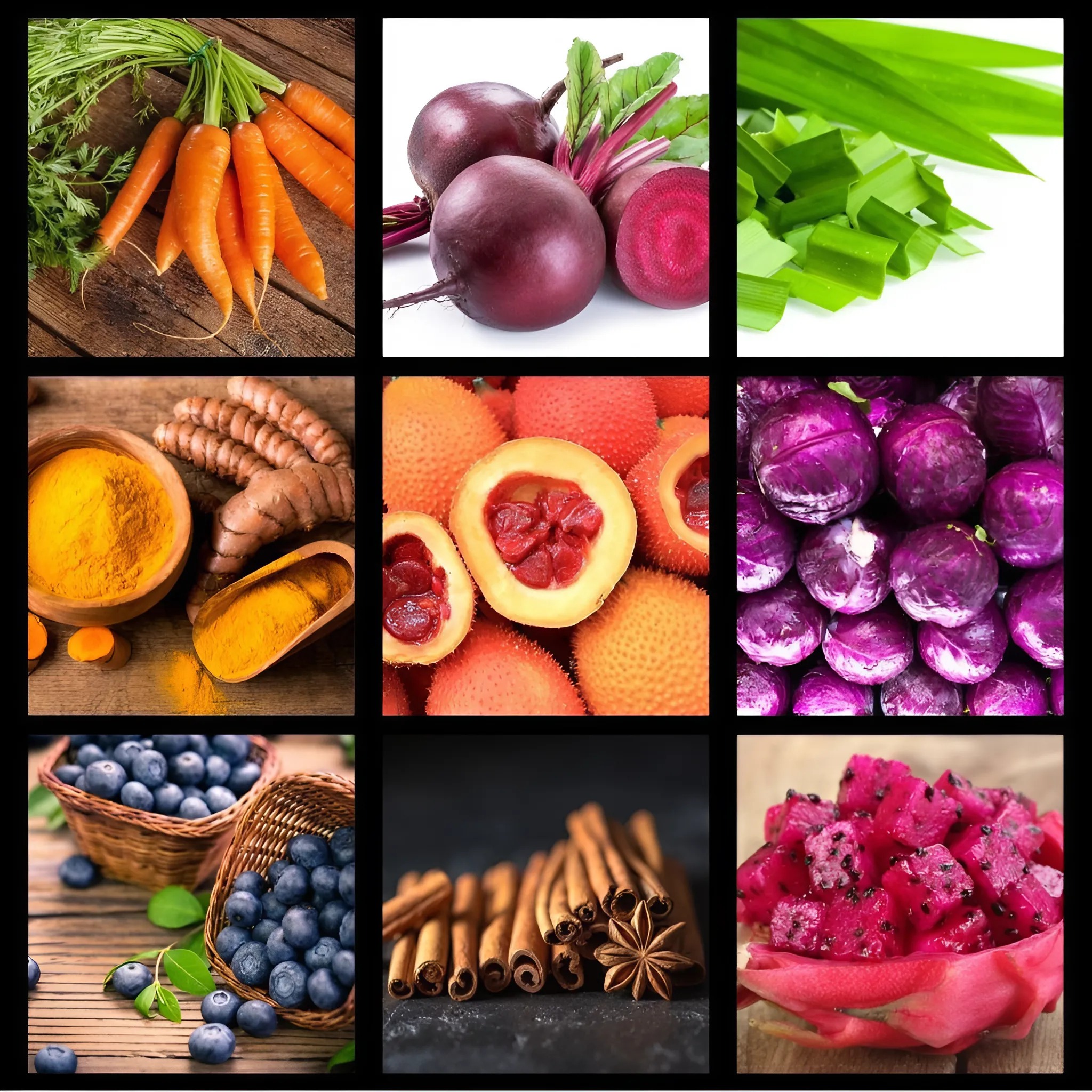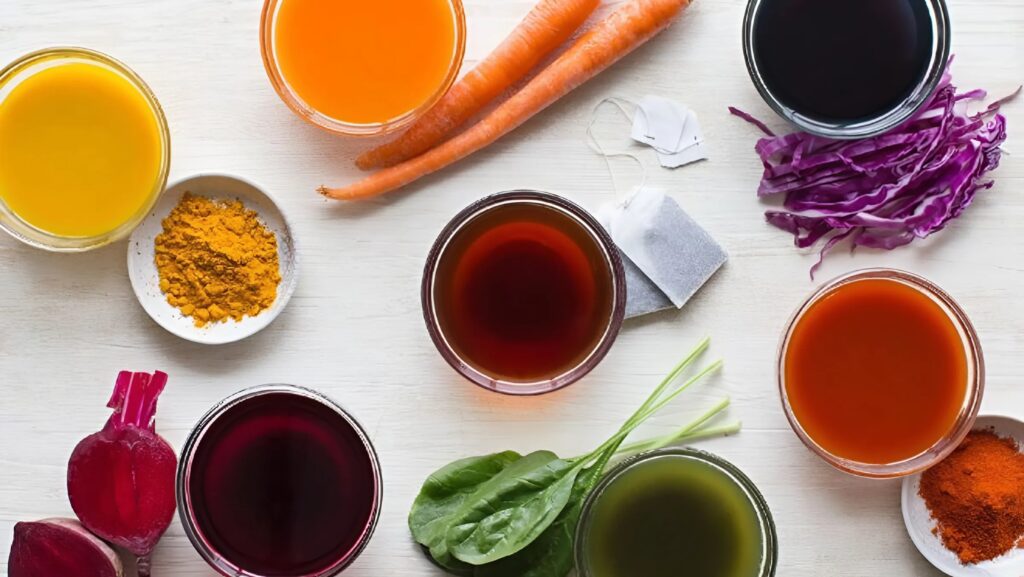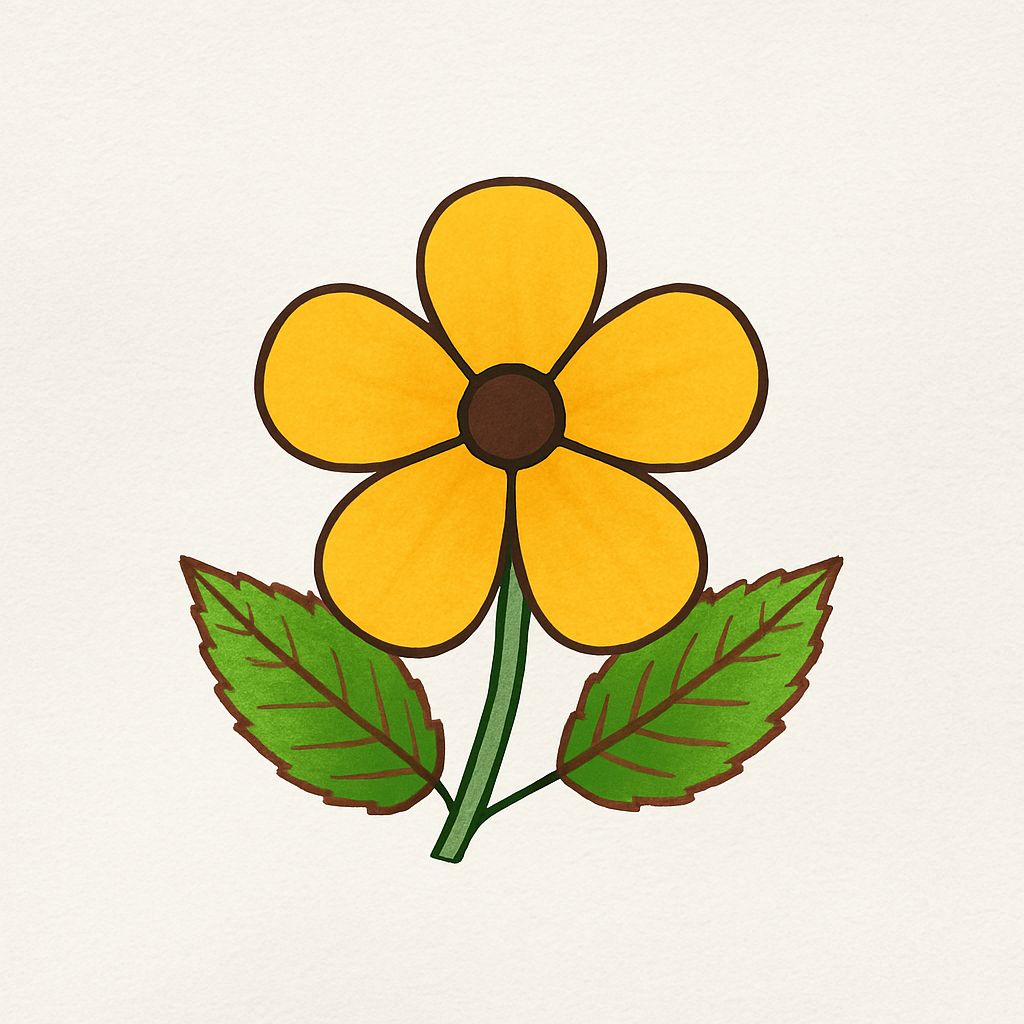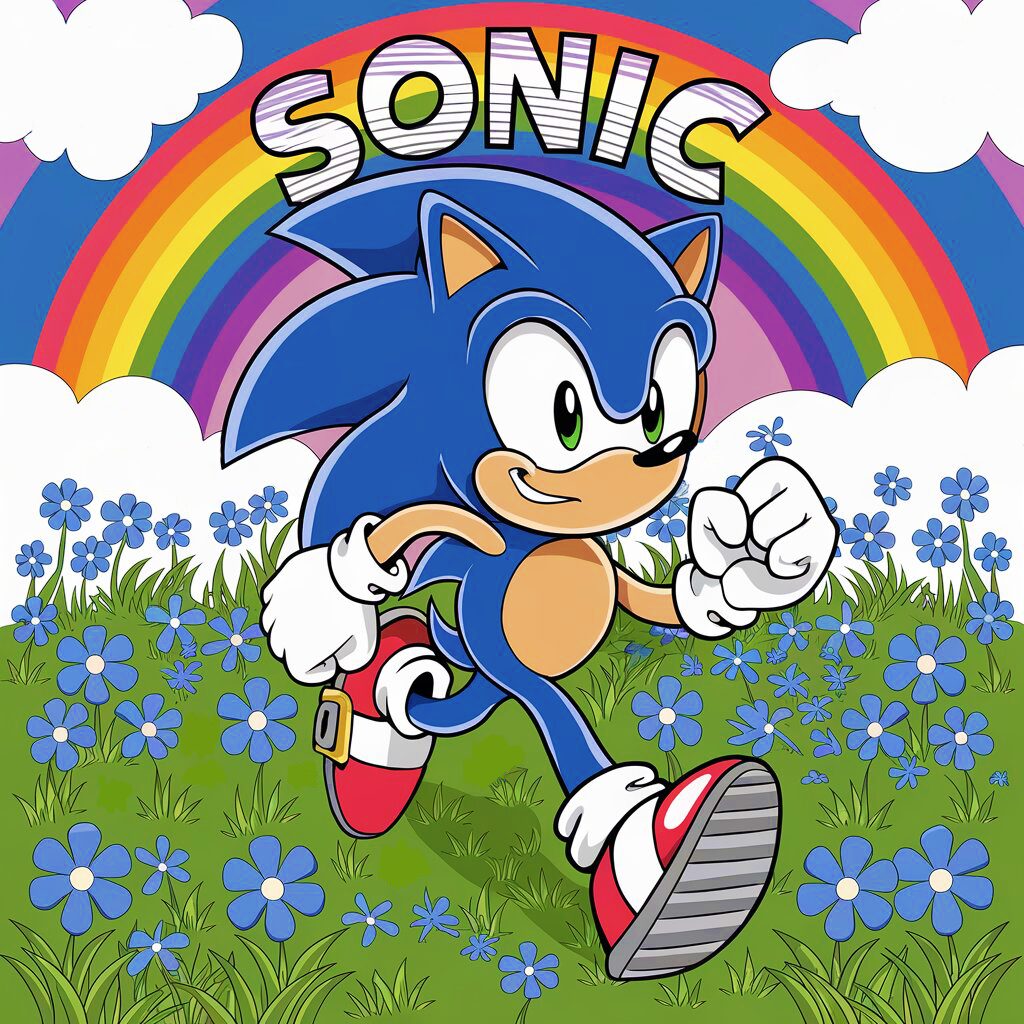Experimenting with Natural Paint
10 months geleden
Experimenting with Natural Paint Newest 2025

Today, AZkleur brings you a fun and creative suggestion: make your own watercolor paint from natural ingredients like vegetables and fruits! You can do this as a playful activity in your free time or as a form of art therapy to relax your mind. It may take more effort than buying a standard paint set, but homemade natural paint has unique benefits:
- Edible! ^^ You can safely use it to decorate food like rice, pastries, pasta… Enjoy the joy of a colorful diet!
- A great bonding time with family and friends. Both adults and children will love creating new colors together.
- The connection between art and nature. Two elements that can heal the soul, combined in one creative activity. Sounds amazing, right?
Let’s get started!
What do you need?
Material Needed
- 5 tablespoons white vinegar
- 6 tablespoons cornstarch
- 6 tablespoons baking soda
- 3 tablespoons corn syrup
- Natural ingredients such as berries, tomatoes, citrus fruits, green leaves, beets, carrots… Use what you have in the kitchen or gather from nature!
- A juicer, blender, or mortar and pestle with cheesecloth or a fine sieve
- Paint palette: ice cube tray, small glass jars, or clean containers to store the paint
- Mixing bowls (glass or ceramic)
Colors from nature
- Beetroot → red/pink
- Carrot → orange
- Turmeric → yellow/brown
- Pandan leaf → green
- Red cabbage → blue/purple
Note: Natural pigments are more subtle than synthetic paint. The color on paper won’t exactly match the original vegetable or fruit color, but that’s the beauty of natural paint! ^^
How to make it?

Step 1: Create the binding solution. Mix vinegar, baking soda, cornstarch, and corn syrup in a glass bowl and stir until smooth without lumps. (We tried honey and agar-agar as alternatives, but they didn’t work as well. You can also skip this step if you want purely natural paint!)
Step 2: Pour the mixture into your paint palette (such as an ice cube tray) to create different colors.
Step 3: Extract the juice from your natural ingredients. The more concentrated, the better! Use a juicer or extract manually:
- For juicy fruits (strawberries, tomatoes): Blend and strain through a cloth or fine sieve.
- For firm vegetables (beetroot, carrot): Grind finely and squeeze the juice through a cloth.
- For leaves and flowers: Crush, rub, and squeeze firmly in a cloth to extract the juice.
Step 4: Add a small amount (1/4 tablespoon or less) of juice to each paint palette section and stir well. Let the paint dry completely – and voilà, you have your own natural watercolor set!
Storage and Use
- Your natural paint will last 1-2 weeks in the refrigerator. Have leftover juice? Use it immediately with a brush for a spontaneous, unique creation!
- Our first experiments resulted in surprisingly vibrant colors, especially when held under sunlight – almost glowing! ^^
Important Tips
- Use turmeric carefully! This pigment is very strong and can stain paper and brushes. Clean well before switching to another color.
- Colors will fade slightly when dry. But that’s the charm of natural paint – soft, rustic, and with a vintage feel.
Make Your Artwork Even More Special!
What could be more fun than printing a beautiful AZkleur coloring page and coloring it with your own homemade natural paint? Our coloring pages are free, high-quality, and available in various themes. Download one and experiment with your handmade colors today!





